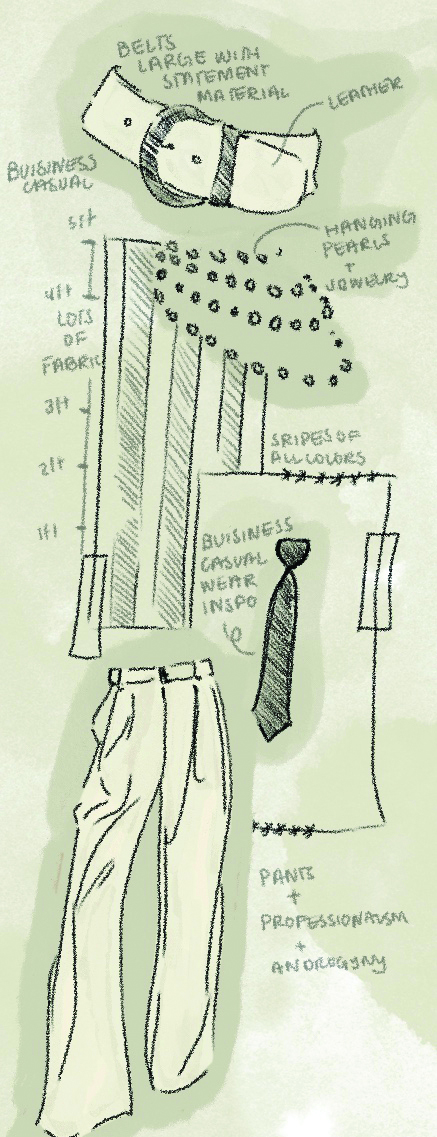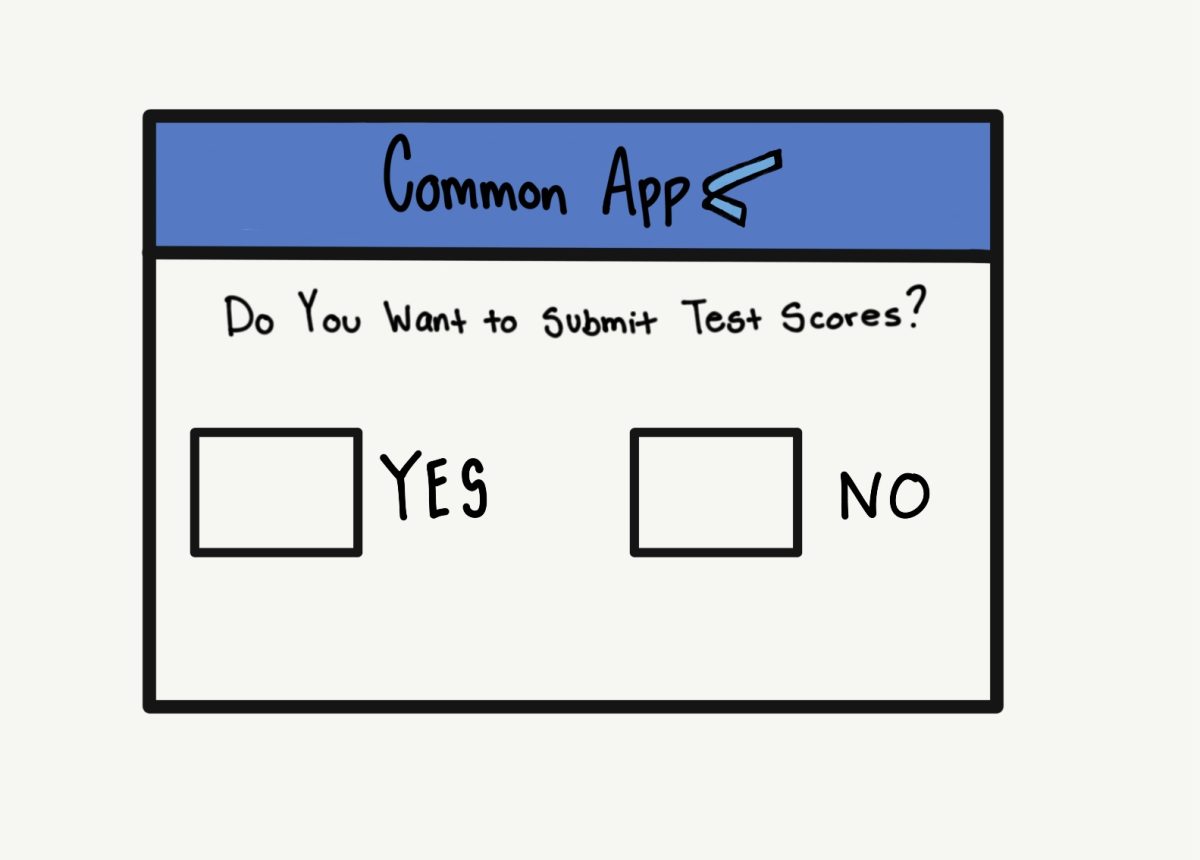Let me take you back to second semester of my freshman year, as I sat patiently in the windowless health room, listening to the static of an antiquated television set. Attached to the back page of my nutrition homework packet, and sufficiently hidden from view, rested my Body Mass Index chart, with a big dark dot indicating whether my weight was in the “healthy” range.
BMI is an oversimplified ratio that is neither an effective measurement tool nor supportive of body confidence. It should not be used as an indicator of health, especially in a class of 14-year-old girls.
In fact, BMI’s creator, Belgian mathematician Lambert Adolphe Jacques Quetelet, wouldn’t be surprised to hear that BMI is seen by many as an insufficient way to measure an individual’s health. Upon founding the system about 200 years ago, he explicitly warned that it should be used only to aid in resource distribution by offering a general quantification of the health of a population as a whole. The system makes too many assumptions to be applied to every individual in the same manner.
One’s BMI is equal to their mass divided by the square of their height, but the equation does not account for body fat percentage. This could result in a value in the “overweight” or even “obese” category simply because someone has a broader frame, a higher bone density or even a significant amount of muscle mass, none of which are unhealthy. Nevertheless, BMI reports can lead users to unjustly assume that pure fat is the culprit of a higher weight.
Furthermore, BMI is especially unreliable in women, who might have large hips or breasts that add to their mass. Not all women have these features to the same extent, so comparing total weight amongst women isn’t a viable way to assess a “healthy weight.” Why should we introduce BMI measurements to a class of young teenage girls, all of whom are at different stages in their development and will demonstrate a vast range of body types?
Another downside of using BMI to determine healthy weight is that it is often evaluated on the basis of comparison. Widely trusted resources such as the Center for Disease Control place individuals in a health category depending on what percentile their BMI meets among others of the same age and gender.
As a 14-year-old girl, the last thing I wanted my homework assignment to require of me was that I write down whether or not I was in the “healthy” category based on nothing more than an inaccurate measurement on a percentile chart.
Problems even arise with the mere notion of quantifying what “healthy” is, regardless of whether measurements are accurate. There is no magic number, and there is no reason to force one to exist. It’s hard for me to understand why we mandate teenage girls to sort themselves into categories that do not and should not have clear limit lines, based on a system of rough comparison to their peers.
Even so, some argue that BMI’s benefits out-way its faults, as it offers an accessible evaluation of health without requiring a doctor or complex machinery. However, seeking out flawed medical estimations causes more harm than good. Especially in the context of Marlborough, I see no just reasoning for requiring students to face these arbitrary and imprecise calculations, often at the expense of their self-image and confidence. It’s hard to feel good about yourself and to embrace body positivity when a system adopted by your government and your school is telling you otherwise.
The Marlborough community may not have the power to abolish the use of BMI throughout the nation; still, we can start by encouraging less equivocal and harmful alternatives on our own campus.












